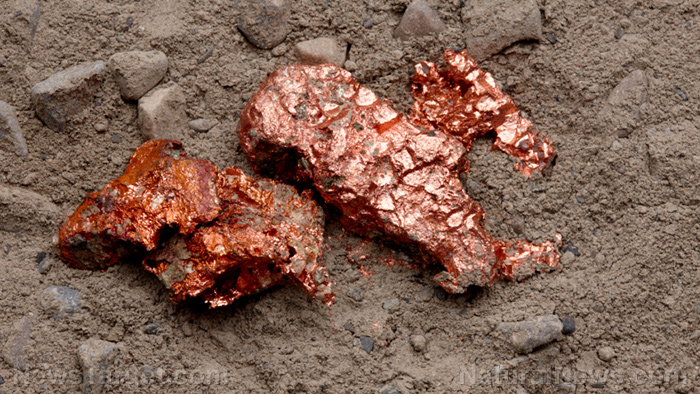
Scientists from the Department of Mechanical Engineering at the University of Utah noted that up to two-thirds of the energy consumed in the United States each year is wasted as heat — as seen in appliances and gadgets such as engines, laptops, mobile devices and refrigerators that often overheat with excessive use.
According to Mathieu Francoeur, a mechanical engineering associate professor at the University of Utah, and his colleagues John DeSutter and Lei Tang, capturing the excess heat to generate energy or electricity could be a significant improvement, not just for consumers, but also for the industry.
And it seems Francoeur and his team were able to do just that, by creating a tiny, pencil eraser-sized chip that converts excess thermal radiation, or heat, into electricity.
"We can extract that heat from the processor using a device, and once we extract that heat, we convert it into radiation and then convert that into electricity that we can (put) back into the battery and increase the battery life," he said.
As detailed in the academic journal Nature Nanotechnology, Francoeur and his colleagues produced a chip using two silicon wafers separated by a nanoscopic gap that was approximately 100 nanometers — or one-thousandth the diameter of a human hair — in thickness.
This chip was then placed in a vacuum, where its sides were heated and cooled, thus creating a heat flux that produced electricity. (Related: Battery breakthrough – Scientists have developed a thermal battery that can gather and store solar heat for use on demand.)
This process allowed them to go well beyond the theoretical blackbody limit that determines just how much energy can be produced from thermal radiation.
This achievement, Francoeur said, stems from the fact that the chip’s two silicon surfaces were uniformly close at a microscopic level without touching each other.
“Nobody can emit more radiation than the blackbody limit,” Francoeur said. “But when we go to the nanoscale, you can.”
Francoeur hopes to one day see this technology being used not only to cool portable devices such as smartphones and computers, but also to channel that excess heat into the devices’ battery life, noting that the technology can easily increase a battery’s lifespan by 50 percent.
"Heat is detrimental to the performance of your phone, so if you extract that heat you put that electrical power back in your battery," Francoeur stated.
Aside from improving batteries and personal devices, Francoeur also said the chips could be used in other ways, such as improving the efficiency of solar panels by increasing the amount of electricity generated from the sun’s heat or making cars more energy-efficient by extracting the heat from their engines to power their electrical systems.
In the future, Francoeur said the chips could even be designed for use in implantable medical devices such as pacemakers, which may eliminate the need to replace the devices’ batteries.
Francoeur noted that another potential application for their new technology is improving the life of computer processors by keeping them cool, thus reducing overall wear and tear. This may save energy that would otherwise power the fans to cool the processors.
“You put the heat back into the system as electricity,” Francoeur said in their release. “Right now, we’re just dumping it into the atmosphere. It’s heating up your room, for example, and then you use your (air conditioner) to cool your room, which wastes more energy.”
Francoeur noted, however, that their work is not a silver bullet that would ultimately solve the problem of wasted power.
"Our work is just one potential solution," Francoeur said in an interview with Deseret News, adding that different solutions and different types of technologies will be needed to address the challenges of energy consumption.
Sources include:
DeviceMaterialsCommunity.Nature.com
Please contact us for more information.






















